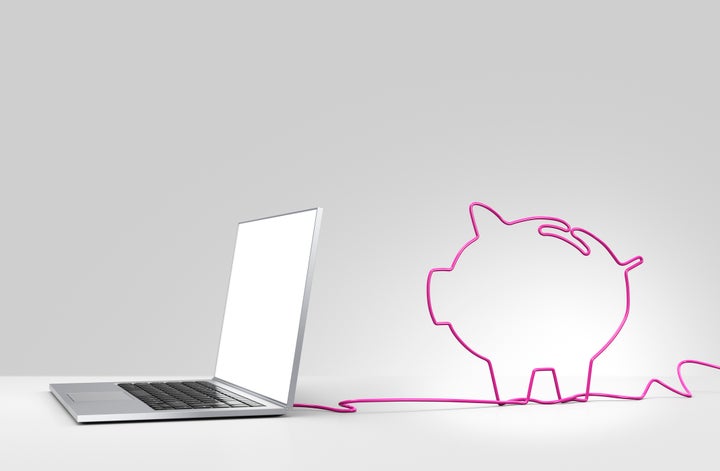
DigitalVision/Getty Images
These questions originally appeared on Quora: the place to gain and share knowledge, empowering people to learn from others and better understand the world.
Answers by Brad Garlinghouse, CEO of Ripple, on Quora:
A: What sets XRP apart from the other major digital assets is that XRP is highly performant and optimized for institutional use in global payments. While I’m personally loving BTC and a believer that it’s solving a different use case, the reality is that today the average time to complete a BTC transaction is about four hours. In contrast, XRP is about four seconds. A couple of other similar comparisons important for payments and enabling an Internet of Value:
- The XRP ledger can handle more than 1500 transactions/second. BTC is currently ~15 transactions/second.
- XRP fees per transaction are measured as fractions of a penny. BTC fees per transaction are measured in dollars.
...
A: Blockchain is like the new big data or AI - too many people are using it as a buzzword and not focused solving a real problem. We like to call them Blockchain tourists! There are many applications that are nothing more than science experiments.
Some of the uses being implemented for blockchain could actually work better with a database. There are examples out there that blockchain is not most applicable for and that is why Ripple is focused on a real world use case, solving a real (and very large) customer problem, which has converted into commercial traction that is unmatched in the enterprise blockchain space.
...
A: Some of our customers are already in the early stages of using xRapid, Ripple’s XRP liquidity solution. Payments into emerging markets can require multiple currency traders (added costs) and pre-funded local currency accounts in the destination (trapped, dormant capital). Instead, payment providers and banks can use XRP to fund these payments on demand, without intermediaries, at a cost that is less than half of the current cost.
But it’s safe to say that we have to crawl before we walk before we run. This is uncharted territory for banks and payment providers and it’s going to take time before you see broad adoption of digital assets solving this multi-trillion dollar opportunity. Suffice it to say, we are very pleased by the interest from various pilots our customers are already running.
These questions originally appeared on Quora - the place to gain and share knowledge, empowering people to learn from others and better understand the world. You can follow Quora on Twitter, Facebook, and Google+. More questions:
